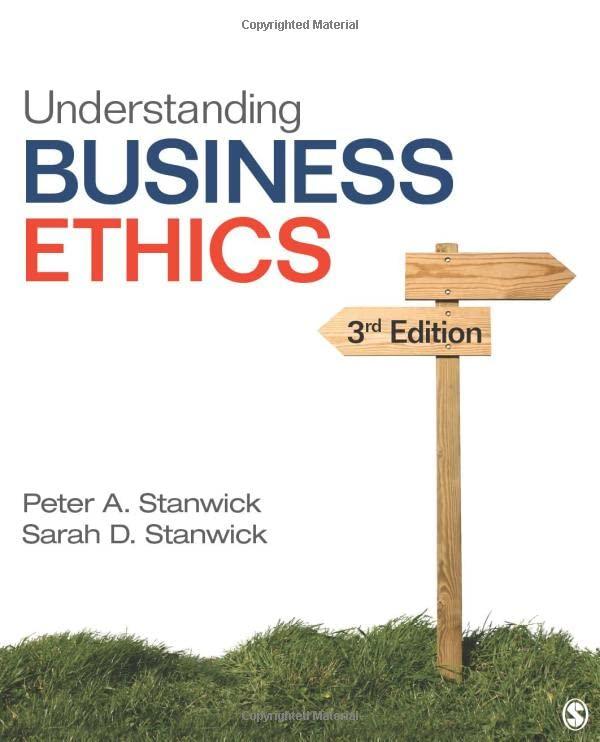Question
select a current issue pertaining to work or employment in the United States, engage with some of the public debates surrounding that issue, then compose
select a current issue pertaining to work or employment in the United States, engage with some of the public debates surrounding that issue, then compose a piece of writing intended to intervene in that conversation by offering a historical perspective. As you were reading through several hundred pages of scholarly history texts, you likely drew parallels between the past and the present. This is natural. We all achieve this all the time when reading history. In the portfolio instructions, we asked you to keep a running log of these observations. Refer back to that list when selecting a topic. You may want to consult with the instructor on this, or you may feel confident at this stage pursuing it on your own. Once you have settled on something, you should find the conversation on that current issue. By now this should be a familiar task for you, and much easier. For the historiography you had to feel your way into an academic conversation, which are generally more opaque and harder to enter for non-experts. Here, you just need to find your way into a public conversation. Whereas academic conversations are conducted among experts and intended for expert audiences, journalists, politicians, public intellectuals, social media influencers, writing for public audiences intentionally craft their pieces to invite people into the conversation. So feeling your way into the public conversation surrounding a current work-related issue should be no problem.
After selecting a topic and wrapping your head around competing perspectives on that issue, you should take a stance on the issue and use history to defend your position. This is called a "strategy" paper because thinking historically is thinking strategically. History, no more than any other approach to knowledge, can allow us to predict the future. But by analyzing the factors that determined certain outcomes in the past, we can better understand how things might go in the future. And, because you understand the past as the outcome of intentional choices by people lived through those moments, you can advise a group of people in the present about where they might focus their own efforts to see the current issue play out in their favor. Nothing is preordained, but we can use the successes and failures of the past to position ourselves as strategically as possible.
Your strategy paper should be directed to a specific intended audience, which should be a subset of the general American public that is directly affected by the current issue you have selected. A "subset" of the American public means a specific group of people. Do not direct it toward the public in general, because that is essentially a non-answer to this part of the assignment. In your progress report you should identify your intended audience, explain how they have a stake in the way this issue plays out, then describe some assumptions you have about what kind of writing strategies would be effective in reaching this audience. When writing the strategy paper, you should keep your audience in mind. Use assumptions about your intended audience to guide choices you make about how to craft the piece.
The strategy paper should be formulated as an op-ed. An op-ed is an opinion piece submitted to a newspaper by someone who is not an opinion columnist for that publication. You should make decisions about formatting, length, style, evidence, analysis by:
- consulting materials about how write op eds (see an example from Duke UniversityLinks to an external site. and an example from Harvard Kennedy SchoolLinks to an external site..)
- consulting published op eds to see what other authors have done, and
- consciously keeping your intended target audience in mind.
Your strategy paper will be evaluated according to:
- How well the writing practices are oriented toward the intended audience you identified in the progress report
- How closely the specifications and stylistic choices resemble those of an op ed
- How well you establish the relevance of your intervention, which you should do by situating your argument in a range of competing perspectives on the current issue
- How well you persuade the reader of the importance of taking a historical perspective on this issue
- How well you are able to demonstrate a real mastery of your historical topic, referring accurately to relevant specific aspects of the history
- How clearly and effectively you tell the reader the conclusions they should draw from the history you present
Step by Step Solution
There are 3 Steps involved in it
Step: 1

Get Instant Access to Expert-Tailored Solutions
See step-by-step solutions with expert insights and AI powered tools for academic success
Step: 2

Step: 3

Ace Your Homework with AI
Get the answers you need in no time with our AI-driven, step-by-step assistance
Get Started


